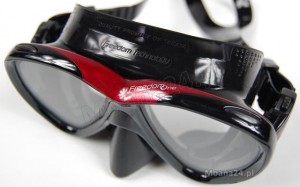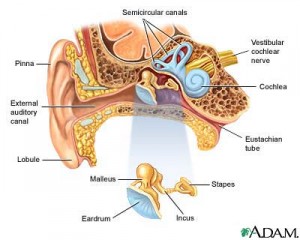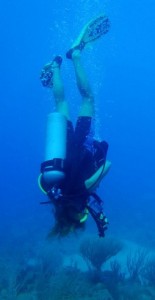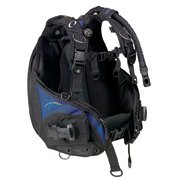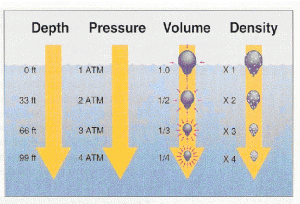The third part in the scuba dive relationships with Air discusses the impact that air has on our masks at depth. If you haven’t done so already, take a look at my briefing on how air is affected underwater to give you some background information first.
Have you ever wondered why scuba divers can’t use swimming goggles for diving? Well, there is a very important reason that relates to air and pressure. Your dive mask covers your eyes as well as your nose (unlike swim goggles) because just like the air space in your ears/sinuses, the air inside the mask becomes denser as you go underwater. As the air becomes denser inside the mask, it pushes up against your face like a suction cup. We need to achieve the same goal as with the ears and BCD – maintain a normal amount of air inside the airspace and we do this by pushing air into the space through our nose and into the mask and letting air escape as it expands. This is called “equalize the mask”.
Sometimes (not all times), if we forget to blow air out our nose and into the mask upon descent, we may end up with a “Mask Squeeze”. This happens when the mask suctions onto your face so tightly that it bursts some blood vessels leaving a lovely bruise ring around your eyes, perhaps a black eye or two, or more commonly, bloodshot eyes! This is very easily avoided by giving a puff or two out the nose as you go down. Don’t worry about expanding air in your mask as you ascend because the air will naturally escape through the skirt of your mask .
Mia’s Helpful Tips!
- To select a properly fitting mask, place the mask on your face without putting the strap around your head. Breathe slightly in through your nose. If the mask does not fall off your face and you don’t hear or feel any air being sucked in around the skirt – You’ve got a good fit!
- If you tend to be a ‘nose-breather’, an exercise you can try in order to train yourself is to wear your mask while you are out of the water (around the house!). Open your mouth to breathe in and then close it to exhale through your nose. You will notice the mask popping off your face just a little and the air escaping easily just beneath the skirt of your mask.
Mia’s Dive Mask Recommendation!
The mask I am using at the time I wrote this article is called the Freedom by Tusa. It has an exceptionally soft skirt, a lovely field of vision, and if you have any interest in liberating yourself from unattractive goggle-y eyes – this mask definitely tops the sexy list!
Feel free to send me a message via Contact Mia if you have any questions regarding this topic and definitely check out the other articles in this 5 part series including Understanding Air, Your BCD, and Equalizing Your Ears and Sinuses, Your Tank and Regulator, and Your Lungs & Breathing. If you “Like” it make sure you let me know on my Facebook page DiveWithMia!

